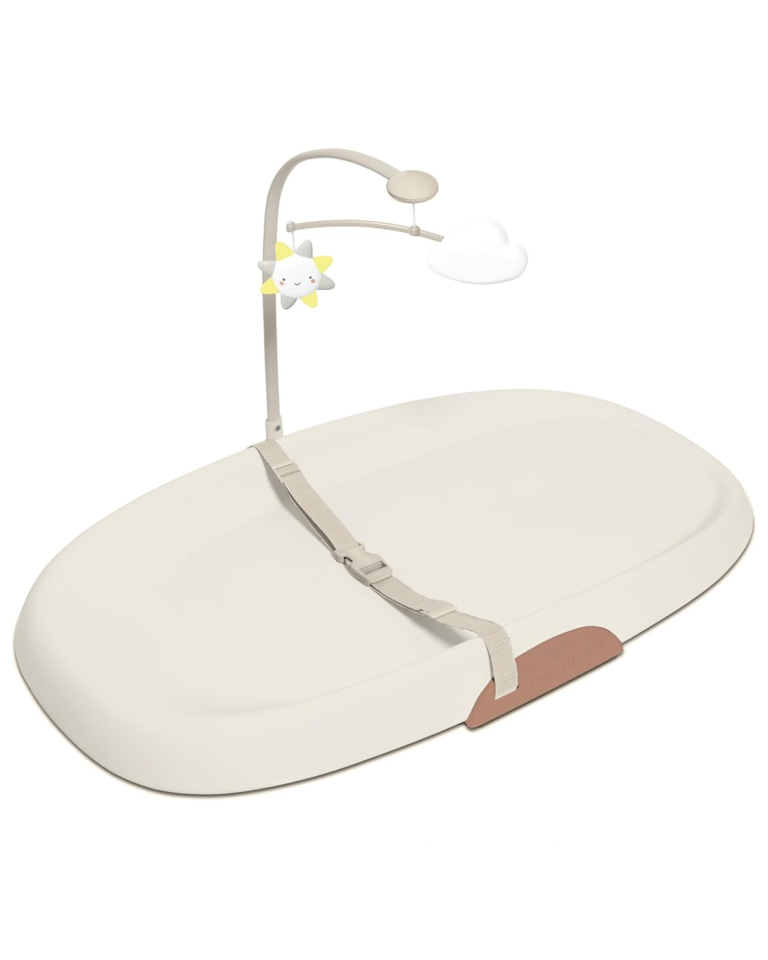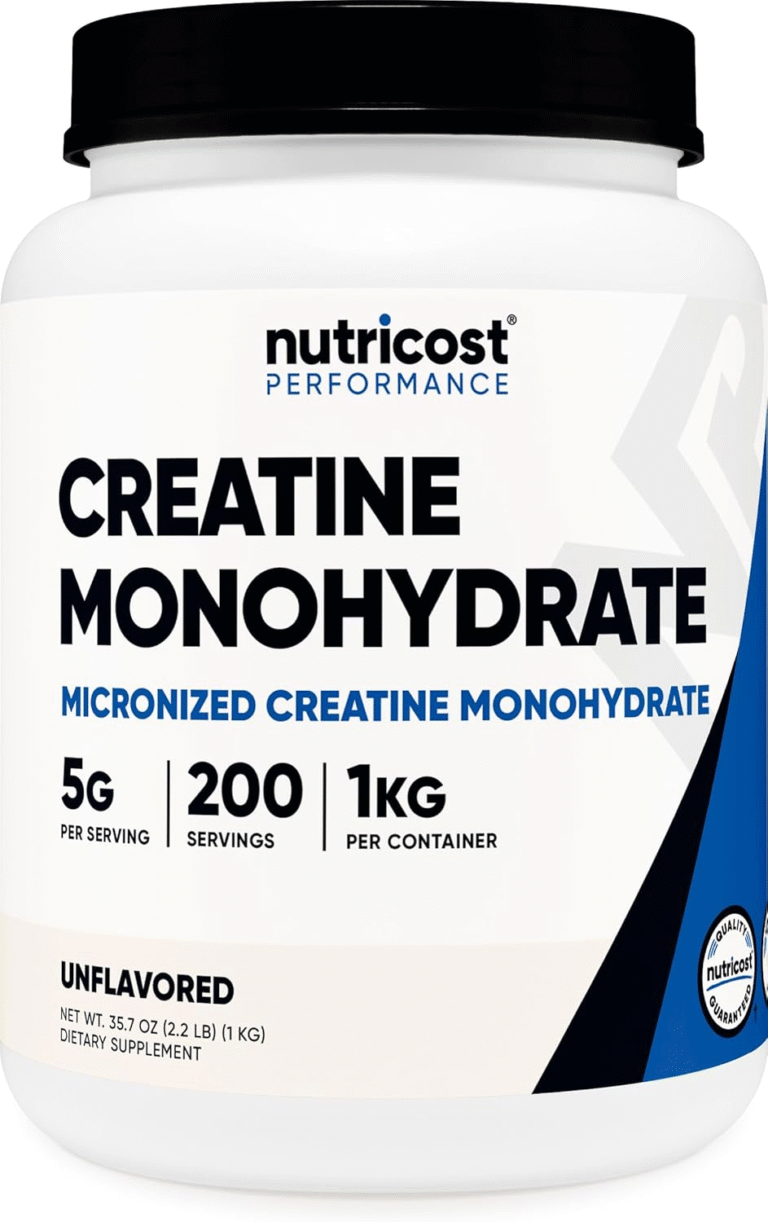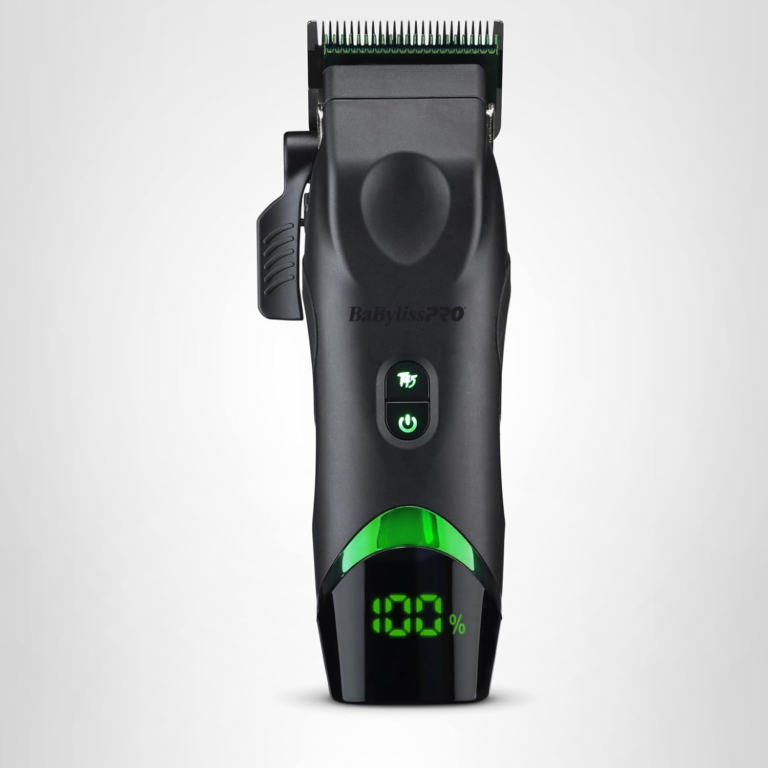Why Bing Ads (Microsoft Advertising) Can Be a Better and Cheaper Alternative to Google Ads
In the world of paid search, Google Ads has long been the dominant player. Its massive market share and extensive reach make it a go-to for most advertisers. However, savvy digital marketers are increasingly turning to Bing Ads (now known as Microsoft Advertising) as a powerful, and often more cost-effective, complement or alternative.
While Google’s scale is undeniable, Bing Ads offers a unique set of advantages that can lead to better performance and a higher return on investment, particularly for certain businesses. Here’s a look at why Bing Ads might be the better choice for your next advertising campaign.
- Lower Cost-Per-Click (CPC)
This is often the most compelling reason advertisers are drawn to Bing Ads. Due to less competition, the average CPC on the Microsoft Advertising network is consistently lower than on Google Ads. In some industries, this can be as much as 30-70% cheaper.
- Less Competition: Fewer businesses are bidding on the same keywords on Bing’s network (which includes Bing, Yahoo!, and AOL), which drives down the cost of each click.
- Budget Efficiency: For the same advertising budget, you can generate more clicks and more traffic from Bing Ads, giving your campaigns more visibility and a longer lifespan.
This is a game-changer for small and medium-sized businesses with limited budgets, as it allows them to compete effectively for valuable keywords that would be prohibitively expensive on Google.
- A Unique and Valuable Audience
The users on the Bing network have a distinct demographic profile that can be highly valuable for certain advertisers. Bing users tend to be:
- Older and More Affluent: Studies have shown that the Bing audience skews older (35+) and has a higher average household income. This is a prime audience for businesses in sectors like finance, insurance, real estate, and professional services.
- Desktop-Heavy: Bing users are more likely to be on a desktop device, often a work computer. This makes it an ideal platform for B2B (business-to-business) marketing, as it reaches decision-makers and corporate buyers during their workday.
- High-Intent Searchers: The nature of Bing’s user base often means they are more engaged and have a higher propensity to convert, leading to a better return on ad spend (ROAS) for many campaigns.
- Integration with Microsoft Products
Microsoft Advertising’s deep integration with the Microsoft ecosystem provides unique targeting capabilities that Google Ads can’t match.
- LinkedIn Profile Targeting: This is a standout feature for B2B marketers. You can target users based on their company, job title, industry, and other professional data pulled directly from LinkedIn. This allows for incredibly precise targeting of your ideal business audience.
- Windows 10 Integration: Bing is the default search engine on Windows 10 devices, which still represents a massive user base. This gives advertisers a direct line to a significant portion of desktop users.
- More Granular Control and Transparency
Bing Ads often provides advertisers with more control and transparency over their campaigns.
- Better Device Targeting: Unlike Google Ads, Microsoft Advertising allows you to target users based on their specific device type and operating system. This level of control helps you optimize your bids and ad creatives for the best-performing devices.
- Search Partner Visibility: Bing provides greater transparency on its search partners, allowing you to see exactly where your ads are being displayed and how they are performing on those sites. This helps in fine-tuning your campaign for better results.
The Verdict: Not a Choice of One or the Other, But Both
While Bing Ads offers compelling advantages in terms of cost and audience, it’s important to recognize that Google still dominates the search market. The best strategy for most businesses is not to choose one over the other, but to use both platforms together.
By diversifying your advertising budget, you can: - Expand Your Reach: Access a new, high-value audience that you might be missing on Google.
- Lower Your Overall Costs: Drive down your average CPC by leveraging the cheaper traffic on Bing.
- Mitigate Risk: Don’t put all your eggs in one basket. A well-rounded PPC strategy on both platforms ensures you’re not solely reliant on Google’s algorithm changes or rising costs.
In conclusion, while Google Ads is essential for its sheer volume, overlooking Bing Ads is a costly mistake. For a more efficient, targeted, and budget-friendly advertising strategy, leveraging the power of Microsoft Advertising is a smart move that can give you a significant competitive edge.




